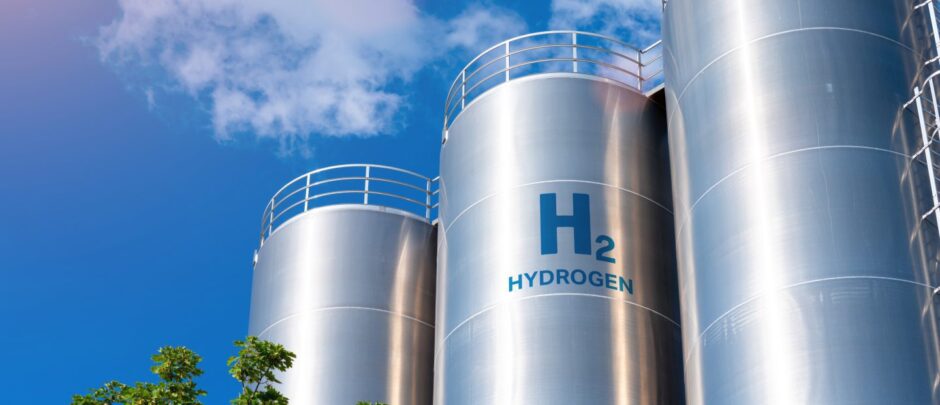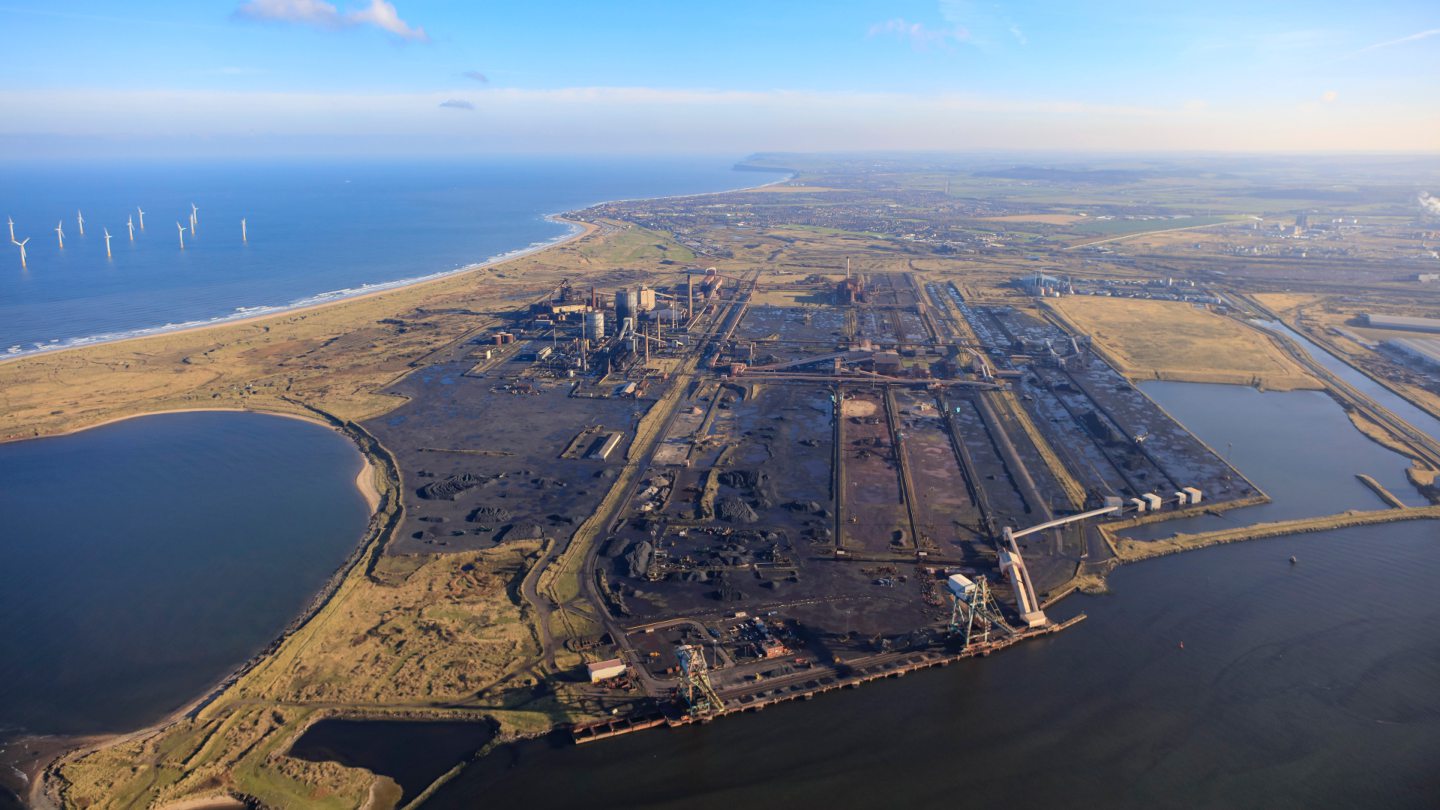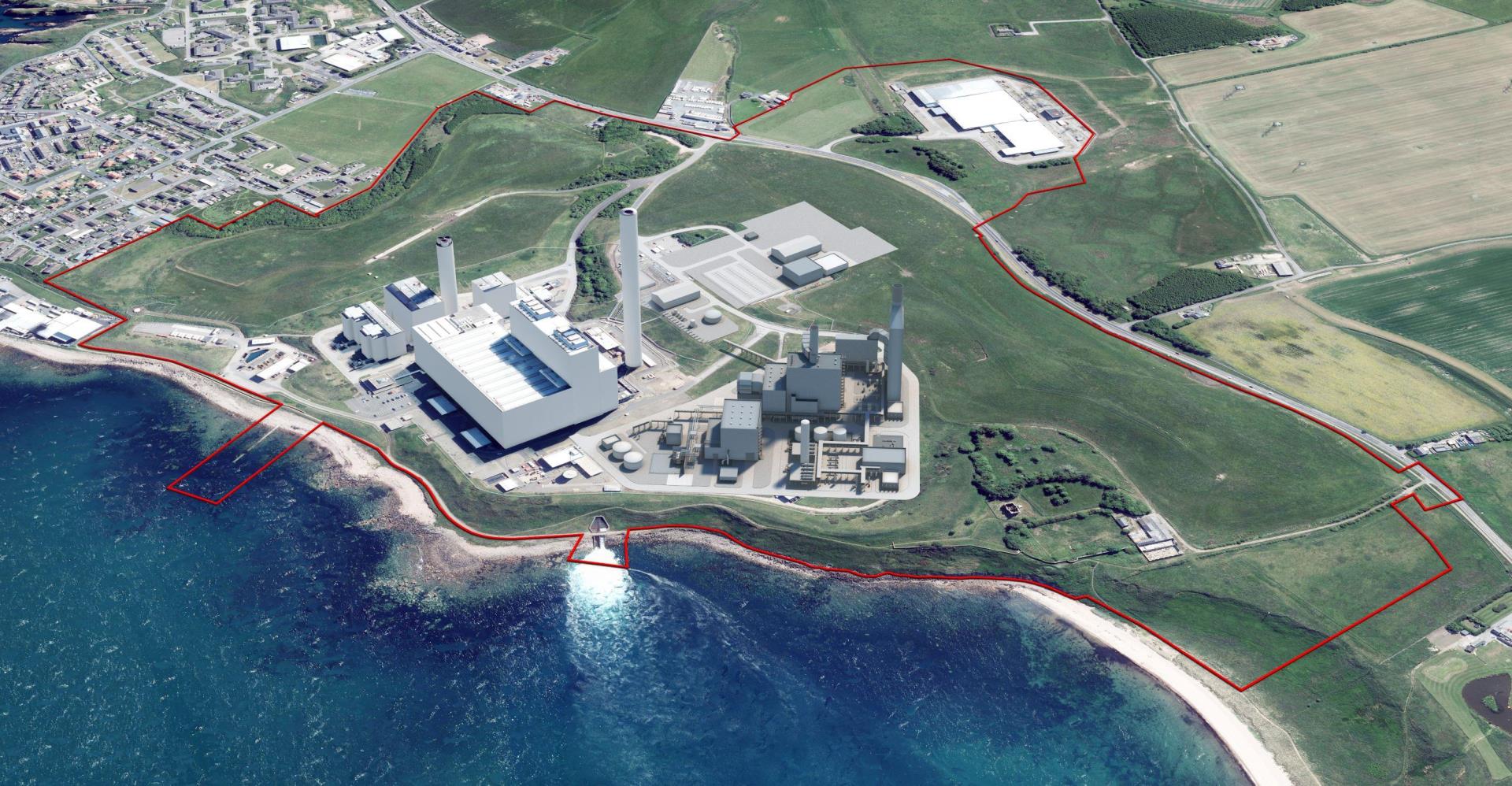
Gas-powered hydrogen production and carbon capture schemes risk derailing the UK’s net zero targets, a new report has warned.
The analysis by Carbon Tracker found plans for blue hydrogen production and carbon capture-enabled gas power plants meant the government is significantly underestimating upstream LNG gas emissions, which could consume up to 64% of the UK’s sixth carbon budget.
In the report, Carbon Tracker calculated the carbon intensity of blue hydrogen and natural gas power with carbon capture and storage (CCS), factoring in upstream emissions from natural gas extraction, processing and transport associated with LNG.
Blue hydrogen refers to hydrogen produced using natural gas alongside CCS.
With LNG imports to the UK significantly increasing following the invasion of Ukraine, factoring in these upstream emissions is “crucial” according to Carbon Tracker.
The report highlighted significant uncertainty surrounding production emissions, which pollution associated with imports often under-reported.
Carbon Tracker pointed to studies which suggest the carbon intensity of LNG imports from the US could be 80% to 150% higher than estimates from the North Sea Transition Authority (NSTA).
Blue hydrogen
The report found the proposed blue hydrogen and gas-CCS projects will lead to a significant increase in UK gas demand and imports.
If all blue hydrogen projects proposed in the UK’s Net Zero strategy are built, Carbon Tracker estimated that by 2035 this could generate demand double that of domestic UK gas production.
Carbon Tracker said this would lead to an increase in LNG imports with higher carbon emissions intensity, especially if sourced from the US.
These high upstream emissions could more than triple the carbon intensity of blue hydrogen, exceeding UK and EU low-carbon fuel standards.
Carbon Tracker associate analyst and report author Lorenzo Sani said: “Blue hydrogen and gas-CCS projects should not be considered low-carbon unless, on top of achieving high carbon capture rates, they can guarantee to only utilise natural gas with low upstream emissions.
“Green hydrogen, produced from renewable electricity, remains the only truly low-emission pathway.”
Gas-CCS power plants
Similarly, Carbon Tracker said the actual emissions reductions of gas-CCS compared to unabated power plants could be 30% to 60% lower than claimed.
If all gas-based CCUS projects in the Net Zero strategy are built and run on imported LNG, Carbon Tracker said by 2035 they could emit 210-600 million tons of CO2 equivalent over their lifetime.
The report assessed two proposed UK projects, BP’s H2Teesside blue hydrogen facility and the BP and Equinor-led NZT Power gas-CCS plant.
Carbon Tracker said its analysis showed the lifetime CO2 emissions of the two projects could be two to three times larger than reported in their environmental impact assessments.
These same issues are also present in other similar UK projects, including SSE’s Peterhead CCS power plant which forms part of the Acorn Project in Scotland.
Policy recommendations
Carbon Tracker said the report highlights a “significant regulatory blind spot” which risks allowing so-called low-carbon projects to have “much higher emissions than reported”.
As a result, advancing blue hydrogen and gas-CCS projects could “hinder the UK’s ability to meet national targets and negatively impact the UK carbon budgets unless they use natural gas with low upstream emissions”, Carbon Tracker said.
The report recommended that if these conditions cannot be met, the UK government should place a stronger focus on green hydrogen production and alternative flexibility technologies such as long-duration energy storage, green hydrogen turbines, and interconnectors.
Other UK policy recommendations in the report include strong monitoring and reporting standards for imported fossil fuels and updating the project approvals process to reflect the risks of future high intensity gas supply.
The latest report follows a Carbon Tracker analysis in March which found the UK government’s CCUS strategy is based on “outdated and unrealistic” assumptions.

 © Supplied by BP
© Supplied by BP © Supplied by SSE Thermal
© Supplied by SSE Thermal